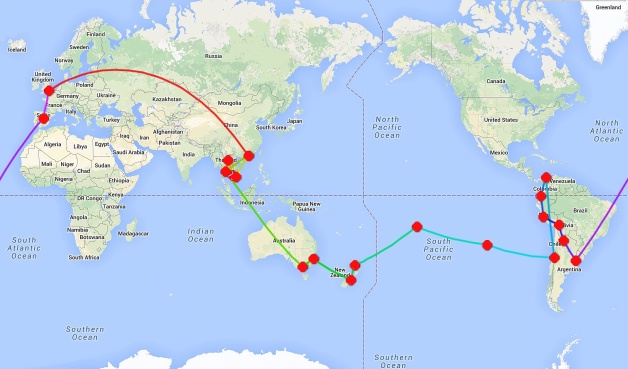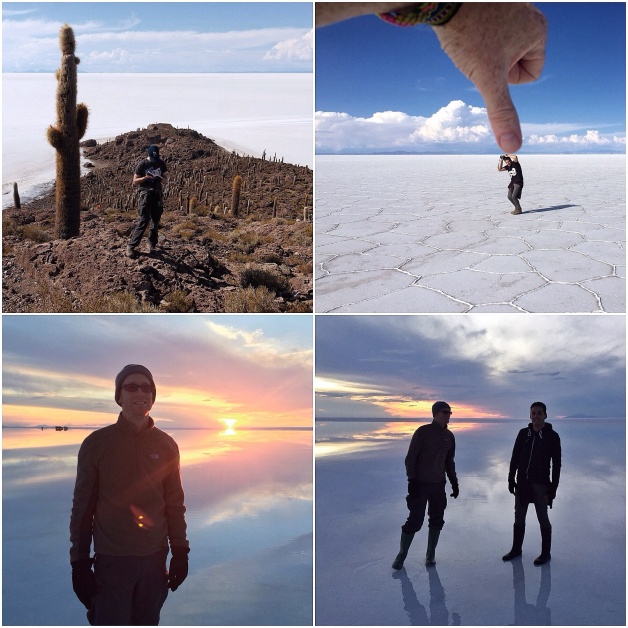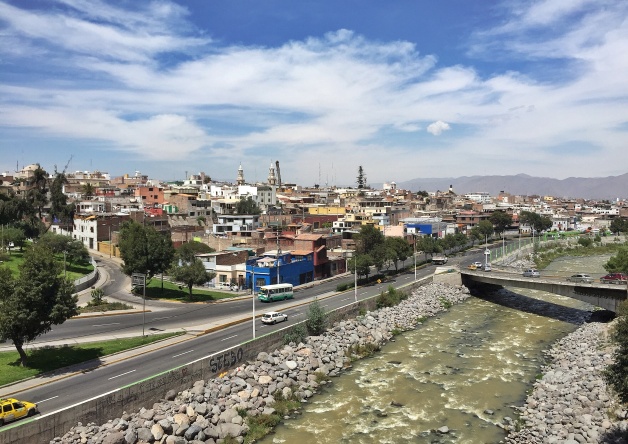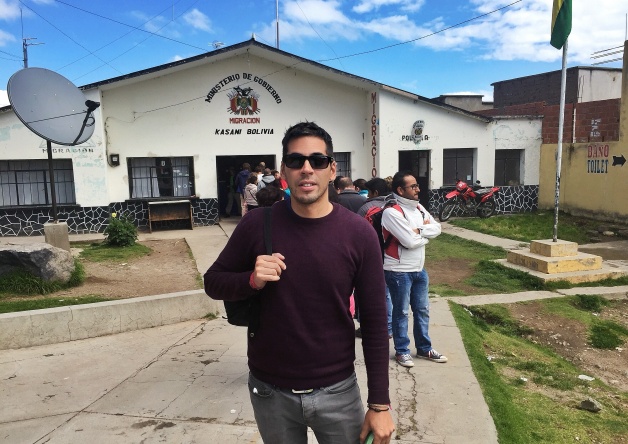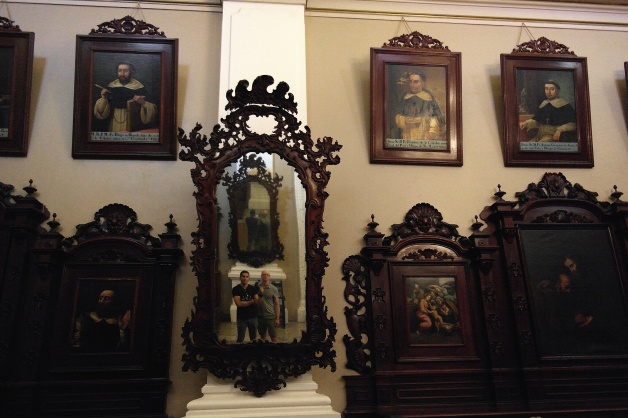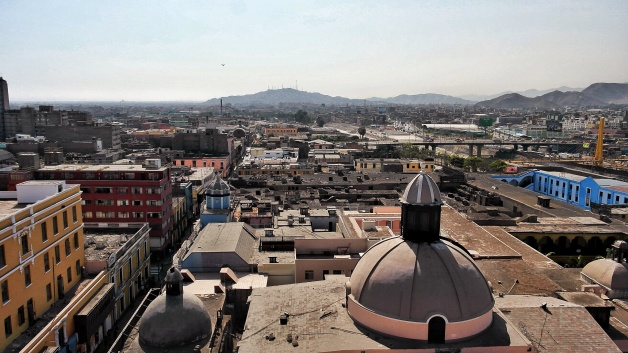Central America trip
December 2016
week 4 of 4
MEXICO | COLOMBIA
Chiapas, Yucatán | Bogotá
by Xavier
note: for practical details on transport, fares, travel times, etc check out Simon’s HOW WE GOT THERE section further down.

Palenque
A slight misunderstanding when booking our hostel over the internet caused a humorous moment on arrival. Well, I say humorous. It had not been easy to find accommodation at the height of the festive season, and by the time we started looking in earnest all we could get was this very basic hostel, but we were only stopping for one night so we decided to book and hope for the best. Despite having Simon’s name on her reservations list, the good woman on duty the evening of our arrival would not let us check in until the owner was called in, and we could not make any sense of the reason why – despite the fact that we were all talking to each other in Spanish (which both of us speak). After waiting for the owner for absolute ages, it eventually transpired that we had somehow managed to book a family room for eight people, but we were only two people and therefore Simon was clearly a different Simon although they only had one Simon on the list. Oh how we laughed. Once the confusion was cleared, we dropped the bags in our palatial lodgings and went out to grab some dinner.
I should think the only reason to visit this unremarkable town is to explore the nearby ruins of what nowadays is one of the most important archaeological sites in Central America. Like in Tikal, but on a much smaller scale, only part of what it used to be a great Maya city state has been rescued from the jungle and can be visited. We spent most of our day wandering around the ruins, really worth the visit – especially to the site’s Museum.
With Palenque ticked-off the list, we continued our northbound journey and took a bus to the airport in Villahermosa, to catch a flight to the capital of the state of Yucatán (with one of those exotic airlines that Simon likes so much).
Mérida
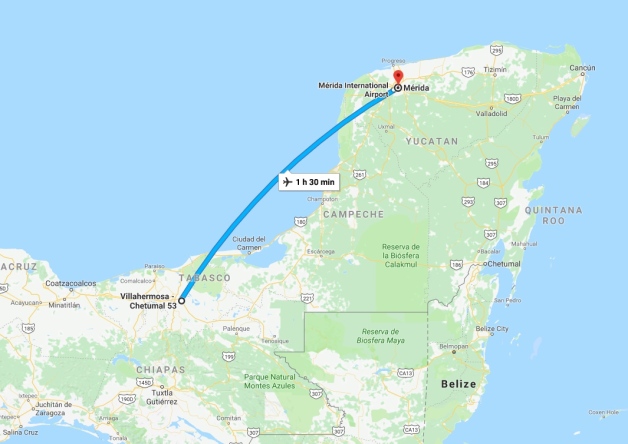
Much can be said about the time of the Spanish Empire in the Americas, but one thing for sure is that many beautiful cities remain from that time, and Mérida is no exception. Expressions such as “steeped in history” and “colonial” glow in imaginary neon letters above Mérida’s streets and plazas, it really is a very pleasant city.
For our last few days in Mexico, in the run up to New Year, Simon chose an excellent B&B which we liked very much once we got used to the bunch of tiny crazy dogs that live in the property. That, and the fact that the owners, Dave and Patrick, went out of their way to make us feel welcome, really helped us relax after three pretty intense weeks.
During one of our walks around the centre of town, Simon fancied trying the local cuisine and once we hit lunch time we made a beeline to the stunning Casona branch of La Chaya Maya, one of Mérida’s most popular eateries, where you just give your name at the door and wait until a table becomes available. Typical dishes, nicely prepared and served in the large rooms and courtyard of a grand colonial house, and at very reasonable prices!; definitely worth the wait. Another great spot for lunch was Apoala, on Parque de Santa Lucía.
A last cultural fix was provided by a visit to the Gran Museo del Mundo Maya. We were impressed by the building itself – no expense spared – and the quality of its exhibits. A very educational experience. On our way back from the museum I caught a glimpse through the window of our Uber (ridiculously cheap in Mexico) of a Donal Trump piñata outside a shop, and I really wanted to stop but then I saw myself having to carry the thing all the way to London and thought better of it.
A couple of lazy evenings hanging out by the pool with Dave and Patrick, and whatever other guests were around that night, rounded up our stay in Mexico. Our return flight was going to be from Colombia because why not, and after saying goodbye to everyone we took the bus to Cancún airport and got on our flight to Bogotá (with a sensible airline this time).
Bogotá

Having spent Christmas in Mexico, we would see the New Year in Colombia. We did stay in Bogotá during our round-the-world trip and we liked it a lot, so we thought it’d be fun to end this trip coming back to this big modern capital city. Hold on to that thought. We would barely have a day and a half in Bogotá so, for the sake of convenience, we booked ourselves into the same hotel as on the previous time. It was good to be back.
The one thing I really wanted to do in Bogotá, and had been looking forward to, was to browse the old religious shops on the streets around the Cathedral, where they sell the most extraordinary things. However, having trekked all the way there in the afternoon of New Year’s Eve we found that only one or two of the less interesting shops were open. We then realised that there were hardly any other people around, when this area had been positively heaving the previous time. And then it started to rain. An attempt to visit a nearby museum that Simon suggested was equally fruitless, and thus defeated we headed back to the hotel, right next to the Zona Rosa and its hugely popular bars and restaurants, so we thought we’d wander over there to grab an early dinner and have something to drink before the big night. Ha. What we hadn’t anticipated, perhaps naively, is to find a city of eight million practically deserted as most Colombians spend this time in family, and therefore most places are closed since Christmas and about the only people on the streets are other confused visitors like us.
With the entire Zona Rosa shut – shock horror – we hurried back to the hotel to make a desperate attempt at finding somewhere, anywhere, where we could have dinner and discovered that everywhere was either closed or fully booked – or like our hotel, just wouldn’t have any food at all after 7pm (it was well past 8pm by this point). This complicated things to the point where we were about to give up on the whole New Year’s Eve thing but then I had a momentous epiphany, and a few minutes later we were tucking in after the amazing staff at one of the hotels next door took pity on us and let us eat in their small restaurant, which was about to close. There were other people dining there and we actually had a very nice and festive meal, all the while being extremely conscious of the time as we didn’t want to make anyone late for their family gatherings after they’d been so kind to us!.
It was Simon’s idea to see out the year clubbing in Bogotá. I hadn’t been crazy about it to start with and the days’ events didn’t help overcome my reluctance but having avoided a disaster over dinner hugely improved my mood and, after a suitable rest in the hotel, we dolled up and got an Uber to THEATRON, Bogotá’s gargantuan club, the biggest in Latin America, with 14 different themed spaces over several floors, both indoors and outdoors. If anyone was partying in town that evening, they were partying there.
The entrance ticket (which cost nothing compared to London clubs) came with a hard plastic cup and bottomless refills of house spirits plus mixers from any of the bars – if you wanted beer you had to buy it separately at the bar of one of the smaller rooms. The music was different from one space to the other: house, latin, pop… It all felt as if made by Punchdrunk, but in 1996. Amazing. The crowd was mostly Colombian, hundreds of them; but we managed to bump into some Brits that Simon knew through work (what were the chances) and we all hung out on the rooftop (by far the best part of the club) for the rest of the night. At some point close to midnight, the club staff handed out plastic flutes with what looked like sparkling wine but tasted like lemonade and perfume, mmm, and the fireworks display that followed wasn’t precisely spectacular but oh who cared. It turned out to be a great night. Happy new year indeed!
And then it was time to go home.
Everything we have seen and done in these past four weeks has made a huge impression on us and we are definitely coming back for more. Hasta la vista!







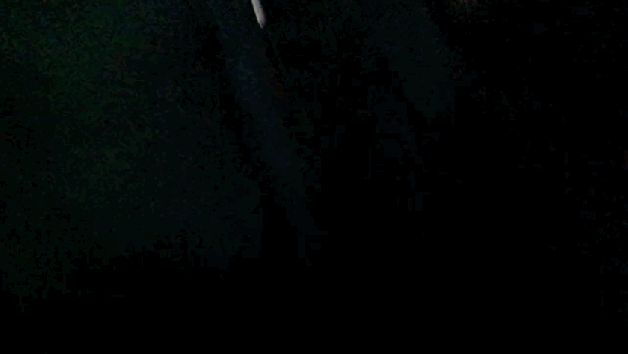


👉 HOW WE GOT THERE
The practical details
by Simon
San Cristóbal de las Casas to Palenque: although this is less than five hours drive on route 199, the main bus company ADO wasn’t using this route at the time due to roadblocks and attacks on buses, and the alternative route via Villahermosa took nine hours. The cost of the ticket was around 300 pesos each. We found that it’s possible to take a colectivo or tour bus via the more direct route, but there had been multiple reports of robberies.
Palenque to Mérida: ADO buses take around nine hours. There was only one daytime bus, leaving at 8am, plus others overnight. The bus didn’t fit our schedule so we took the frequent shuttle bus from Palenque to Villahermosa airport (2 hours) and then a short flight with Aeromar, which cost us around US$70 each.
Mérida to Bogotá: direct ADO buses to Cancún airport run about five times per day, and take around four hours. We then flew to Bogotá with LATAM, but lots of airlines fly this route.
Bogotá to London: again, there is a lot of choice; we flew Iberia via Madrid.
note: all details correct at time of traveling.
previous | next about this blog



































































































